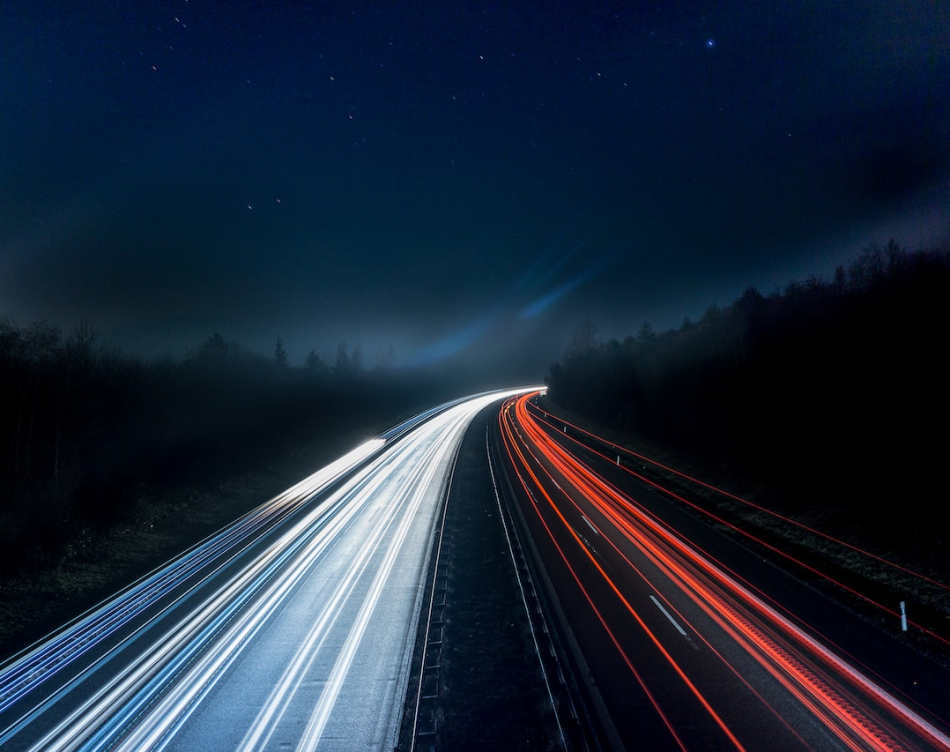Vas zanima študij pri nas?
Izpolnite spodnji obrazec za prijavo v program. V roku enega dneva vam bomo posredovali vse potrebne informacije o vpisu.
Photography

White light as we see it is actually made up of photons of different wavelengths, which our eyes perceive as different colors. Isaac Newton proved this with his experiments. But Newton wasn’t sure if light was made of particles or waves.
Thomas Young showed in 1802 that light can also be an electromagnetic wave. Visible light, or sometimes called the visible spectrum, is the part of the electromagnetic wave range between 400 and 700nm that humans can see thanks to our eyes.
These have many “parts”, but the most important part is the photoreceptors, which work together with the brain to convert electromagnetic waves into the image we see.
We humans take sunlight for granted, as we practically depend on it. Along with the development of other technology, artificial light also began to develop, which is an indispensable part of life these days. This allows us to fully control the intensity and also the color temperature of the light, which can have different effects on people. Of course, like everything, artificial light has its advantages and disadvantages.
Light with a warm colour temperature can evoke feelings of joy, but it can be tiring on the eyes. Light with a cool colour temperature can be more pleasant to the eyes and promote alertness, which can have a negative effect on sleep. Artificial light is also indispensable in photography, as there are many cases where taking pictures without artificial light would be on the verge of impossible, or completely impossible.
Photographers in the early days used everything from candles, (which were too weak) to flash powders, which were essentially explosives and also very dangerous. After that, technology developed rapidly and the first flashes appeared that did not require pyrotechnics or fire at all.
Artificial light can be used in photography in many different ways, from simple additional lighting to the entire photograph being illuminated only with artificial light. Because artificial light offers a lot of control, it allows photographers to use it to their advantage and thereby portray a specific atmosphere in the photo. A specific atmosphere can also leave a certain impression on the viewer, which can be positive or negative depending on the case.
Although we may think that artificial light has come a long way, some people can still tell the difference between a photo lit by artificial light and natural light